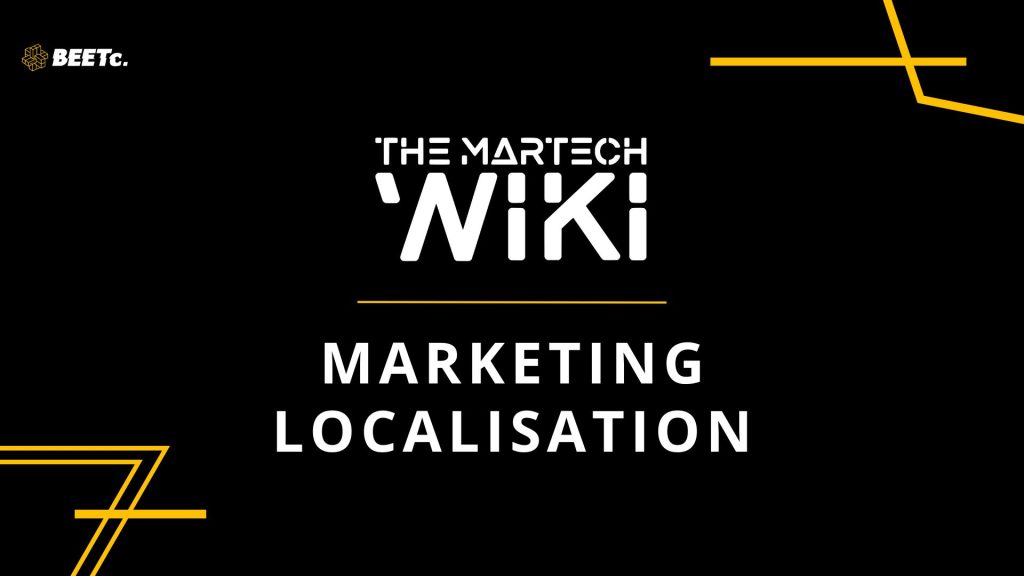
In today’s interconnected world, businesses are expanding their reach across borders, and as a result, marketing strategies are evolving to serve diverse audiences. One crucial aspect of this transformation is Marketing Localisation, and providing multilingual marketing content. This practice involves adapting marketing content to suit the language, culture, and preferences of target audiences in different regions.
This wiki looks into the importance of Marketing Localisation and how it can benefit businesses looking to thrive in the global marketplace.
Why Localisation Matters for Marketing:
- Effective Communication: The heart of successful marketing is effective communication. Localisation ensures that your message is clear, relatable, and engaging to people in different linguistic and cultural contexts. By addressing potential language barriers and cultural nuances, you can resonate more deeply with your target audience.
- Enhanced User Experience: Localised content goes beyond mere translation. It considers local customs, idioms, and preferences, creating a user experience that feels familiar and welcoming. This helps in building trust and credibility with your audience, ultimately driving conversions and brand loyalty.
- Global Expansion: If your business has ambitions of global expansion, marketing localisation is essential. It allows you to scale up and establish a presence in new markets without alienating potential customers due to language or cultural differences. This approach can significantly reduce the barriers to entry into foreign markets.
The Multilingual Marketing Content Process:
- Translation: The first step in marketing localisation is translation. This involves converting the original content into the target language while preserving its meaning and intent. It is essential to use professional translators who are well-versed in the nuances of both languages.
- Cultural Adaptation: Beyond translation, cultural adaptation ensures that the content aligns with the values and customs of the target audience. This may involve altering images, colours, or even the overall message to resonate better with local sensibilities.
- SEO Optimisation: To reach a wider global audience, it’s crucial to optimise multilingual content for search engines. This includes keyword research and optimisation in the target language, ensuring that your content ranks well in local search results.
- Testing and Feedback: Before launching localised marketing campaigns, it’s advisable to conduct user testing and gather feedback from native speakers. This step helps identify any potential issues or misunderstandings and allows for refinements.
- Consistency: Maintaining consistency in branding across different languages is key. This ensures that your brand identity remains strong and recognisable, no matter where your marketing materials are seen.
In the era of globalisation, Marketing Localisation is not just a nice to have; it’s a strategic imperative for businesses seeking to expand their global reach. By investing in multilingual marketing content, companies can effectively communicate with diverse audiences, enhance user experiences, and pave the way for successful expansion into new markets. As businesses continue to embrace the opportunities of the global marketplace, marketing localisation will remain a vital tool in their arsenal.
Read more MarTech Wiki at: https://themartechsummit.com/category/martech-wiki/













